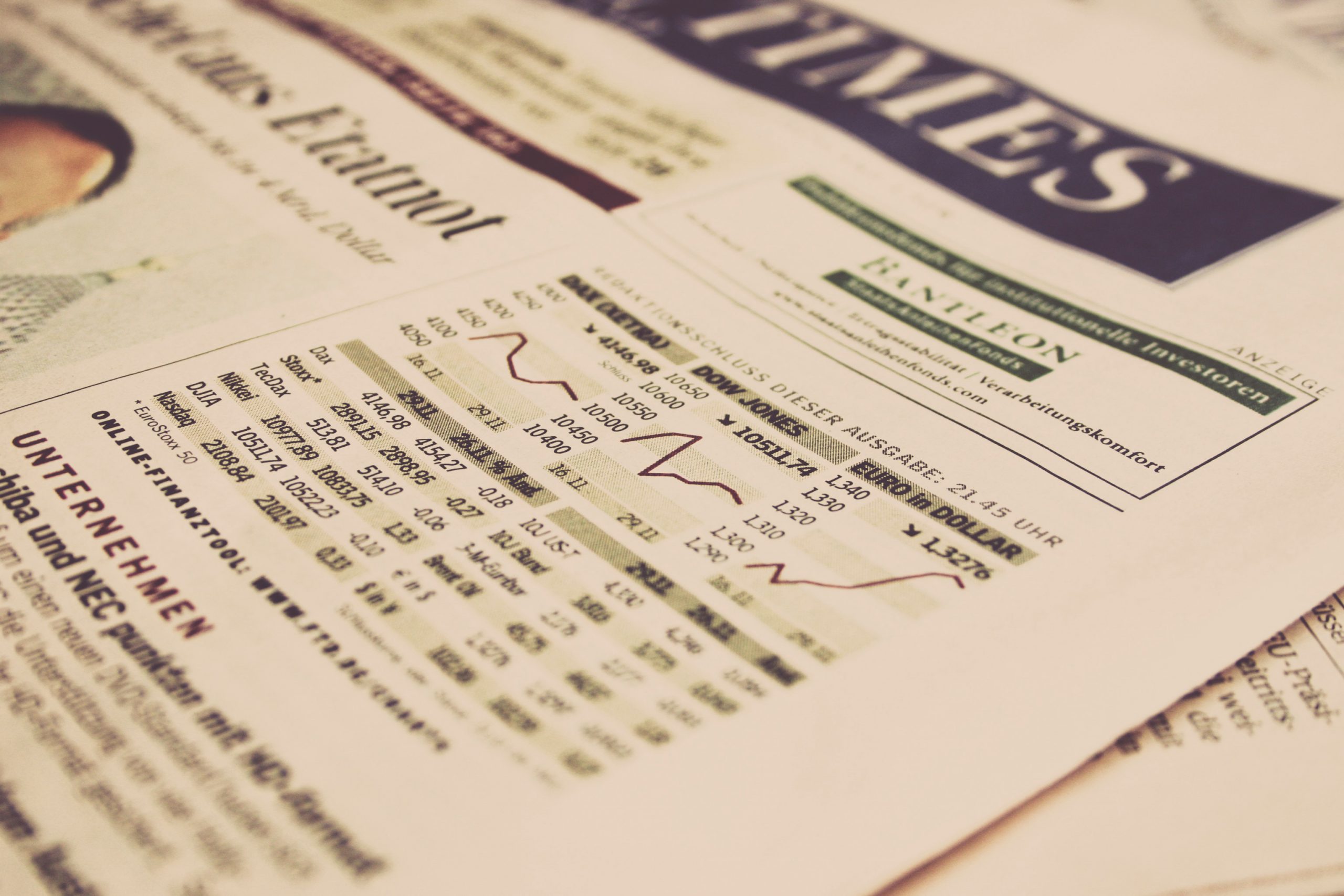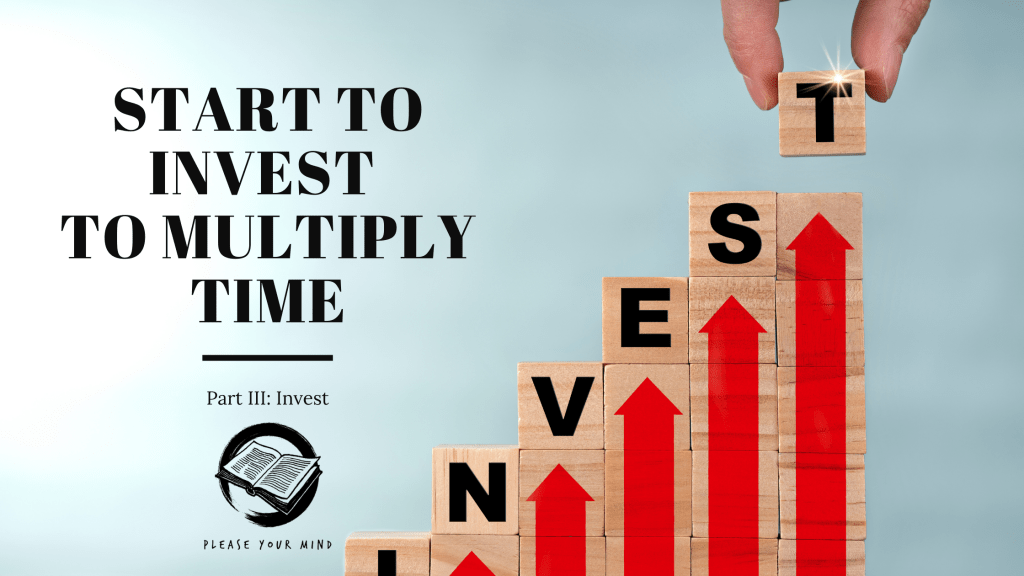Eating out is one of the most expensive and widely spread expenses in my generation of young adults. Especially in Berlin, where many cultures offer all kinds of food around the world in every corner of Berlin. So, it is no surprise that many young people dedicate their lives to food. Therefore, eating out every week or every 3 days is part of their life now. Doing it when it is your profession or to build a food blog is a reasonable decision overall. But eating out every week is just a crazy amount of money wasted. So, in our third post series about multiplying time, we will talk about investment. In the last post, we discussed why and how we eliminate actions and tasks to multiply our time. Today we will have a closer look at automating processes to save you time. Especially, why you should start to invest to multiply your time.
The 3 kinds of costs – a reminder to invest

Let’s take going out as an example. Yesterday, I was at the Carnival of culture in Berlin. A free festival to celebrate the diversity of Berlin. All kinds of cultures played music, many kinds of food, and of course all kinds of people from different parts of our world. A nice experience to enjoy with your friends. Mostly another reason to drink to your fullest enjoyment.
So, I decided to join this event with my friends. We stayed from 1 pm until 7 pm. And boy, do I spent a lot of money during this time. I cannot remember what I spent my money on. When I am drunk, I am generous. I pay for everyone, such a bad habit…
In the end, I spent 30€ (34$) on this carnival. It is not a high cost for most people. But let us take a look at three different kinds of costs when we buy something and reveal the different mindsets of and mostly rich and mostly poor people.
Three different kinds of people
The first group of people who are least likely to grow wealthy over time would ask themselves two questions. “Do I want to spend 34$ on this carnival?”. Let’s say the answer is yes, the second question is ”What do I have to do to get myself going on this carnival?”. They might beg for the money, or lend money from their friends or family. The process of decision-making from these people is controlled by their emotions and impulses. They try anything to go to this carnival.
The second group of people who are most likely to end up comfortable but not wealthy would ask themselves two questions: “Do I want to spend 34$ on this carnival?”. If the answer is yes, the second question differs from the first group: ”Do I have 34$?”. That seems the reasonable and logical line of if thinking – and it is. In fact, that is how most people think; which is exactly what makes most people average or middle class.
The third group of people who are most likely to be rich over time would ask also two questions: “Do I want to spend 34$ on this carnival?”. Again, if the answer is yes, their second question is much different from the two groups. Their thought is, “If I spent 34$ on this carnival, then that is 34 $ I will not spend on something else.” That is 34$ they will not be investing in the stock market, real estate, a business, or themselves. Specifically, they realize that 34$ they will not be investing anywhere.
Three different kinds of costs
1. Actual Cost
The first cost should be clear. It is the amount of money you actually paid for something. In this case, -34$ from your bank account.
2. Opportunity Cost
The second cost is the equivalent amount of what you gave up on buying something else. This means, instead of spending the 34$ on the carnival I could spend this money elsewhere. Soon, I should pay for my monthly ticket to drive around Berlin with public transportation. Because I spent 34$ on the carnival it cost me another 34$ for the ticket which sums up now to 68$ in overall cost. Remind yourself that and it will help you to reduce the urge to buy something.
3. Hidden Cost
The third cost is well-known for rich people. Let’s assume I would invest the 34$ into the stock market with an interest of 8% over thirty years. I would end up with 340$ from the starting investment of 34$. The hidden cost explained by Rory Vaden is the summary of the potential benefits. In my example, the opportunity cost is 34$ not invested; but the hidden cost is the potential additional 340$ that would be achieved in interest by choosing to spend the 34$ in another way.
When you calculate this decision, you will soon realize that spending 34$ does not just cost 34$. Instead, it costs you 34$ actual cost, plus 34$ of opportunity cost plus 340$ of hidden cost, for a total of 408$! Every time you buy something think about the three costs if it is worth your potential money.
The second permission: Start to invest

What do these costs have to do with multiplying your time? I am glad you ask. The calculation with the hidden cost can be used on the principle of multiplying your time. This means, invest with your money to have more money aka. invest in a system with your time to have more time later. Therefore, to multiply your time you should start to invest by building a system that automatically saves you time. When you build a strong system it will not only save you time it will also automate many annoying daily tasks.
My only system (shame on me) is to cook on Sunday for the whole week. I cook all my dinner in one swoop. It costs me 4 hours to cut vegetables, cooking the meat, seasoning everything, and put all of it in 6 boxes for the coming week. While my mom is disgusted that I eat warmed-up food by the microwave during the week, I see a big time-saving opportunity when I eat out of prep food cooked days ago.
And they are many other reasonable systems to implement right now:
- Online bill pay: take your time to set up all of your regular monthly bills to be paid automatically through your bank draft. This saves you time, energy, and stress of having to keep up with the bills each month.
- Drop Shipping: Another beauty of the 21st century. There are thousands of vendors to whom you can outsource your customer fulfillment and shipping. Sales happen, the product is delivered; you do nothing. Look it up.
Of course, there are many other systems that help you when to start to invest your time, which will make you automatically more money and time.
Summary – Start to invest to multiply time

To summarize, the difference to spend your money wisely and multiply your time is to think ahead. Stop take action impulsively. Think about what you can do today to increase the significance of your future. Always remember the hidden cost and their potential reward. As mention earlier, I could have saved 408$ over time. Start to invest to multiply your time.
I hope you love today’s post. Next time, we will talk more about Delegation – The Permission of Imperfect and how this will help you to multiply your time.
Source:

